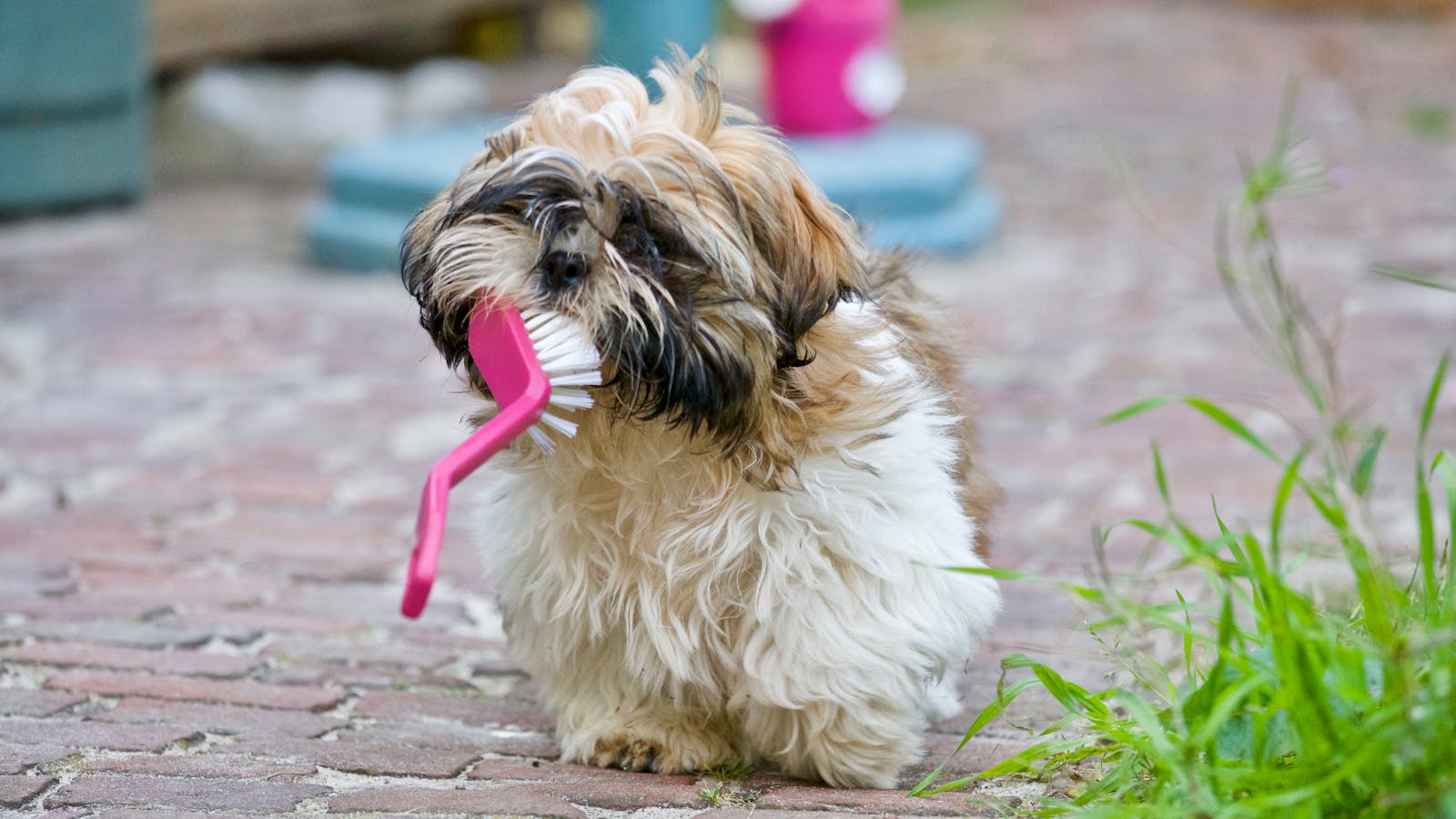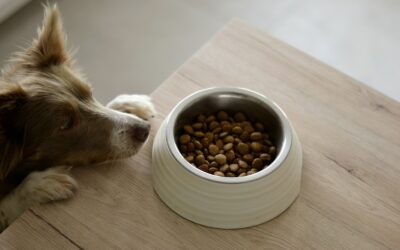How many teeth does a dog have?
When it comes to keeping your furry friend’s health in tip-top shape, dental care is often overlooked. But did you know a dog’s teeth are crucial for their overall well-being, not just their adorable smile? Whether you’re a dog owner, a pet enthusiast, or a budding veterinary student, understanding the number, types, and function of a dog’s teeth can provide valuable insights into their health and behavior.
This blog will explore how many teeth dogs have, the difference between puppies and adult teeth, common dental issues like tooth decay, and tips for maintaining your dog’s dental health. By the end, you’ll have a deeper understanding of what’s going on inside your dog’s mouth and how to keep those pearly whites healthy and strong.
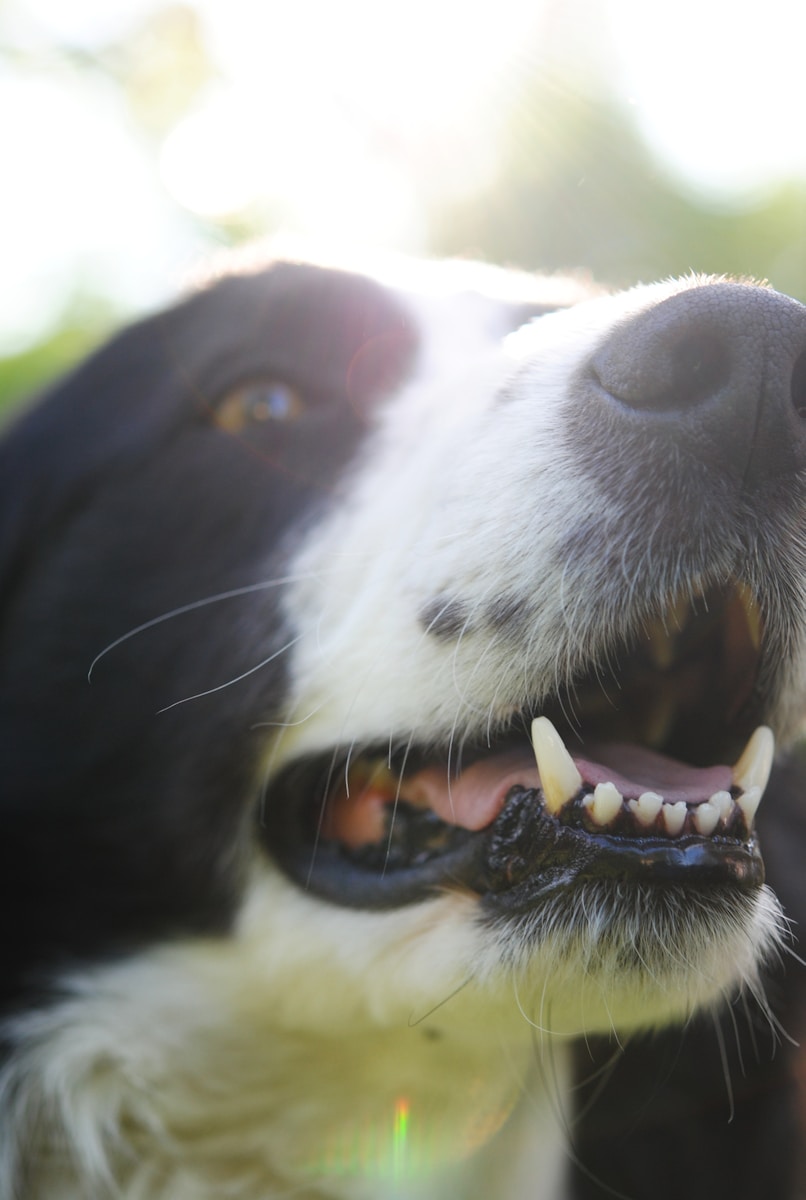
Reasons Your Dog Needs Healthy Teeth
Preventing Pain and Discomfort: Healthy teeth ensure that your dog can chew and eat comfortably without experiencing pain. Dental issues like cavities, abscesses, and gum disease can cause significant discomfort, leading to reduced appetite and overall lethargy.
Supporting Proper Nutrition: Dogs rely on their teeth to chew food properly, which aids in digestion and nutrient absorption. Damaged or decayed teeth can make eating difficult, impacting their ability to maintain a balanced diet.
Avoiding Costly Veterinary Treatments: Regular dental care can help catch problems early, preventing the need for expensive and invasive procedures such as extractions or treatment for advanced periodontal disease.
Preventing Bad Breath: While occasional bad breath may be normal, persistent foul-smelling breath often indicates an underlying dental issue. Healthy teeth help maintain fresher breath and eliminate the underlying causes tied to infection or decay.
Protecting Overall Health: Dental disease has been linked to systemic health problems, including infections and damage to vital organs like the heart, kidneys, and liver. Maintaining oral health reduces the risk of these serious health concerns.
Ensuring Longevity and Quality of Life: Healthy teeth play a vital role in your dog’s overall well-being. Proper dental care supports their ability to enjoy their favorite activities, foods, and a pain-free, fulfilling life.
Taking proactive steps to keep your dog’s teeth healthy will not only save you worry and expense in the long term but also contribute to their happiness and comfort each day. Regular brushing, dental checkups, and providing dental-friendly treats and toys are simple yet impactful measures for their oral care.
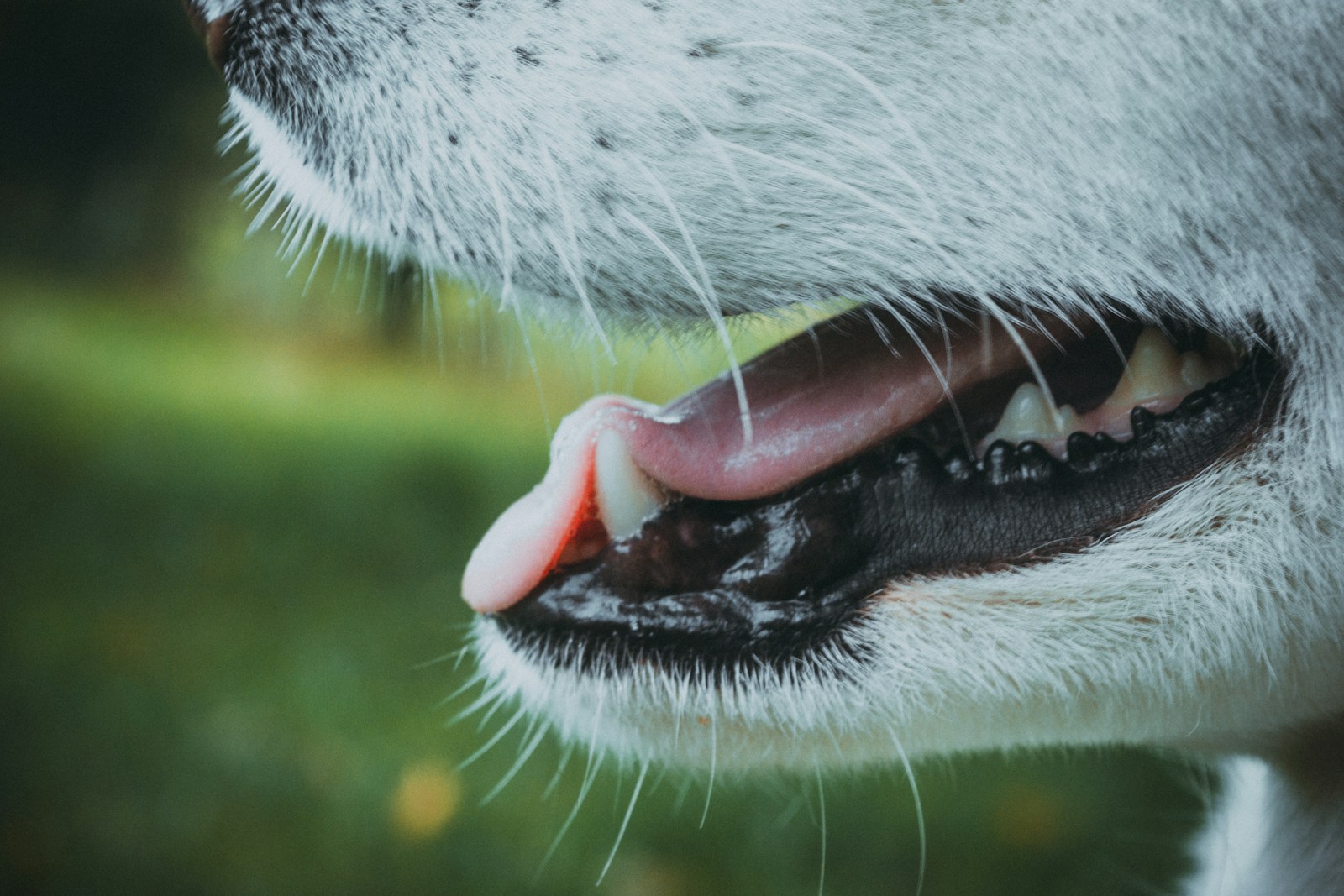
Puppy Teeth vs. Adult Teeth: How Many Do Dogs Have?
Puppy Teeth (Deciduous Teeth)
Puppy Teeth: Puppies are born without teeth. A puppy begins to develop baby teeth, known as deciduous teeth, around 3 to 4 weeks of age. By 6 to 8 weeks, a puppy’s mouth is typically equipped with 28 extremely sharp teeth. Puppy teeth are noticeably smaller and a lot sharper than adult teeth, ideal for chewing, exploring, and nipping during play.
These teeth are temporary and serve vital development purposes, but at about 4 months of age, puppies begin losing their baby teeth to make way for adult teeth. During this period, you might find small teeth lying around your home or notice your puppy chewing excessively to ease gum discomfort.
Adult Teeth (Permanent Teeth)
By the time a dog reaches 7 months old, they should have a full set of 42 permanent teeth. These include:
- 12 incisors in the upper and lower jaw (6 in the upper jaw, 6 in the lower jaw) for nibbling and grooming.
- 4 canine teeth (2 upper, 2 lower) that are long, pointed, and built for tearing food. These are the iconic “fangs” dogs use to grip and shred their meals.
- 16 premolars (8 upper, 8 lower) for shearing and grinding food.
- 10 molars (4 upper, 6 lower) to crush harder materials like kibble or bone.
Understanding the number and type of teeth can help pet parents monitor any irregularities, like missing or retained deciduous teeth, in their dog’s development.
Why Do Dogs Lose Teeth?
If your puppy is losing teeth, don’t worry! It’s a normal process as their deciduous teeth fall out to make room for permanent teeth. However, if your adult dog starts losing teeth, it’s typically a sign of advanced dental disease, gum disease, or tooth damage caused by excessive chewing. Common factors contributing to loose or wiggly adult teeth include:
- Periodontal Disease: This is the leading cause of tooth loss among adult dogs, characterized by inflamed, diseased gums and tooth decay. Left untreated, it can lead to serious infections and even impact internal organs.
- Tooth Damage: Chewing on inappropriate objects like beef or pork bones, hard toys, or anything made from dense bone material can crack or fracture teeth.
- Poor Dental Care: Plaque buildup from slobbery toys, dirt, hair, or even food debris can result in cavities or dog teeth decay over time, particularly in small breed dogs prone to dental issues.
If you notice your dog has loose or wiggly teeth, shows signs of discomfort while chewing, or has wiggly teeth, consult your veterinarian immediately.
Types of Dog Teeth and Their Functions
Every dog’s teeth are uniquely designed to match a specific purpose in their diet and behavior. Here’s how each type of tooth in your dog’s mouth contributes to their natural instincts:
- Incisors: These are the small teeth at the front of the mouth. Dogs use their incisors to nibble at food, remove debris from their fur, and groom themselves.
- Canine Teeth: The canine teeth are long and sharp, located next to the incisors. Canine teeth tear into meat, hold onto toys, and grip objects. Canine teeth also play a role in both offense and defense when it comes to dog body language.
- Premolars: Positioned right behind the canine teeth, premolars are used for shearing food, especially tougher materials like meat or cartilage.
- Molars: Found at the back of the mouth, molars are perfect for crushing food and grinding harder substances. They’re especially active when your dog devours kibble or chews on textured dental treats.
Each type of tooth works in harmony to ensure your dog maintains proper nutrition and uses their innate chewing behaviors. It’s vital to examine these teeth regularly for signs of wear, damage, or decay.
Common Dental Problems in Dogs
Dental issues are among the most common health concerns faced by dogs, with periodontal disease affecting over 80% of adult dogs by the time they’re 3 years old. Here are a few other common dental concerns every pet parent should be aware of:
Tooth Decay and Cavities
Dogs can develop tooth decay when plaque builds up and hardens into tartar. Over time, this can lead to infected or diseased teeth, which may need extraction.
Retained Deciduous Teeth
Sometimes, puppies fail to lose their baby teeth, which can cause overcrowding and alignment issues in the adult teeth. This condition, particularly common in toy and small breed dogs, often requires veterinary intervention.
Advanced Dental Disease
When left untreated, periodontal disease can lead to bleeding gums, loose teeth, and even systemic infections affecting the heart, liver, and kidneys.
Tooth Damage
Chewing on excessively hard objects can crack or fracture teeth, leading to pain and eating difficulties. Stick to rubberized toys and softer dental chews.
Regular checkups, proper care, and understanding these conditions can help prevent these issues from escalating.
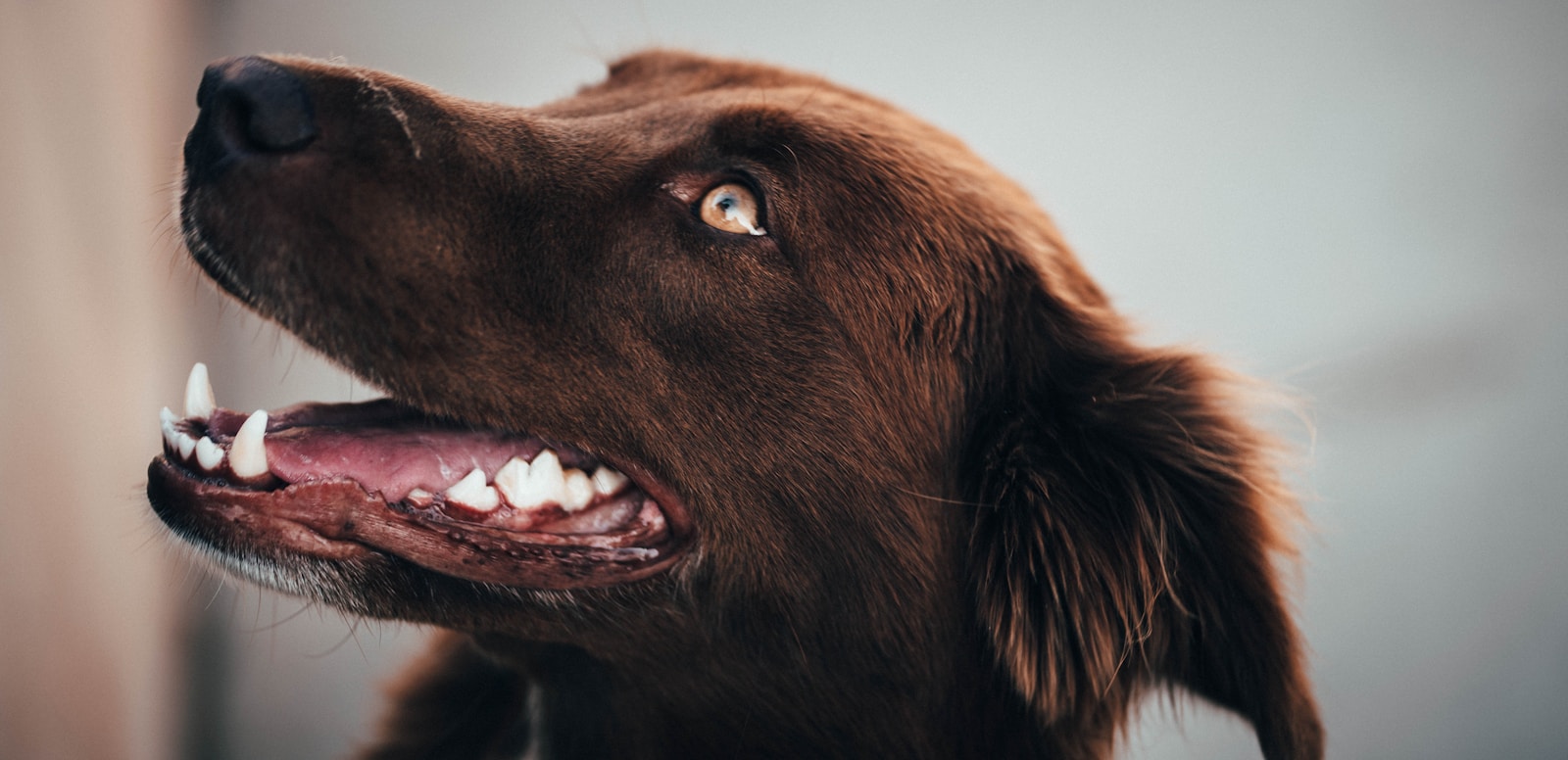
Top Dog Dental Products and Brands
Ensuring your dog’s dental health is easier with the right products. Here are a few highly recommended dental products and brands to help maintain your dog’s oral health:
Virbac C.E.T. Enzymatic Dog Toothpaste
Specially formulated for pets, this toothpaste is safe and effective for regular use. It comes in a variety of flavors your dog will love.
Pedigree Dentastix Daily Dental Treats
These treats not only clean your dog’s teeth but also provide them with a tasty reward. They are designed to reduce plaque and tartar buildup with regular use.
Greenies Original Dental Chews
Greenies are a trusted brand offering dental chews proven to fight plaque and freshen breath while being easy to digest.
Arm & Hammer Dog Dental Spray
This dental spray is an easy way to reduce tartar and bad breath in between brushing, using the power of baking soda for clean teeth and gums.
Nylabone Dental Chew Toys
Made for chewing and oral stimulation, these toys help scrape away plaque while satisfying your dog’s natural chewing instinct.
Vet’s Best Enzymatic Dog Toothpaste & Toothbrush Kit
This all-in-one kit makes dental care simple, featuring an enzymatic gel toothpaste and a uniquely designed toothbrush for a thorough clean.
These products make it easier to ensure your dog’s teeth remain healthy and strong while giving them a pleasurable experience in the process.
Tips for Maintaining Your Dog’s Dental Health
Taking care of your dog’s teeth is simpler than you might think. Here’s a guide to better dental hygiene:
Brush Regularly
Brush your dog’s teeth several times a week using a dog-safe toothpaste and toothbrush to remove plaque and prevent tartar buildup.
Provide Dental Chews
Dental chews and toys can help clean your dog’s teeth naturally while satisfying their chewing instincts.
Schedule Veterinary Cleanings
Annual professional cleanings are essential for removing stubborn plaque and maintaining overall dental health.
Offer the Right Toys
Choose chew toys made of safe materials that won’t fracture your dog’s teeth. Avoid pork bones, beef bones, or anything too hard.
Monitor for Signs of Dental Issues
Keep an eye out for bad breath, red or bleeding gums, difficulty chewing, or loose teeth. These could indicate an underlying issue requiring a vet visit.
Good dental health isn’t just about preventing tooth problems—it’s key to your dog’s overall well-being.

Stop by Snouts and Stouts Indoor Dog Park And Bar after brushing your dogs teeth for a fun day at the dog park!
Caring for Your Dog’s Smile Starts Today | How Many Teeth Does A Dog Have?
Your dog’s teeth serve a variety of purposes—from tearing and chewing to communicating through body language. Taking care of their dental health ensures they can not only enjoy their meals but also avoid the pain and complications of dental disease.
If you’re ready to commit to your dog’s smile, start with regular dental care at home and don’t skip their annual veterinary dental cleanings. For a happier, healthier tail-wagger, proper dental care is the simplest step to take.

